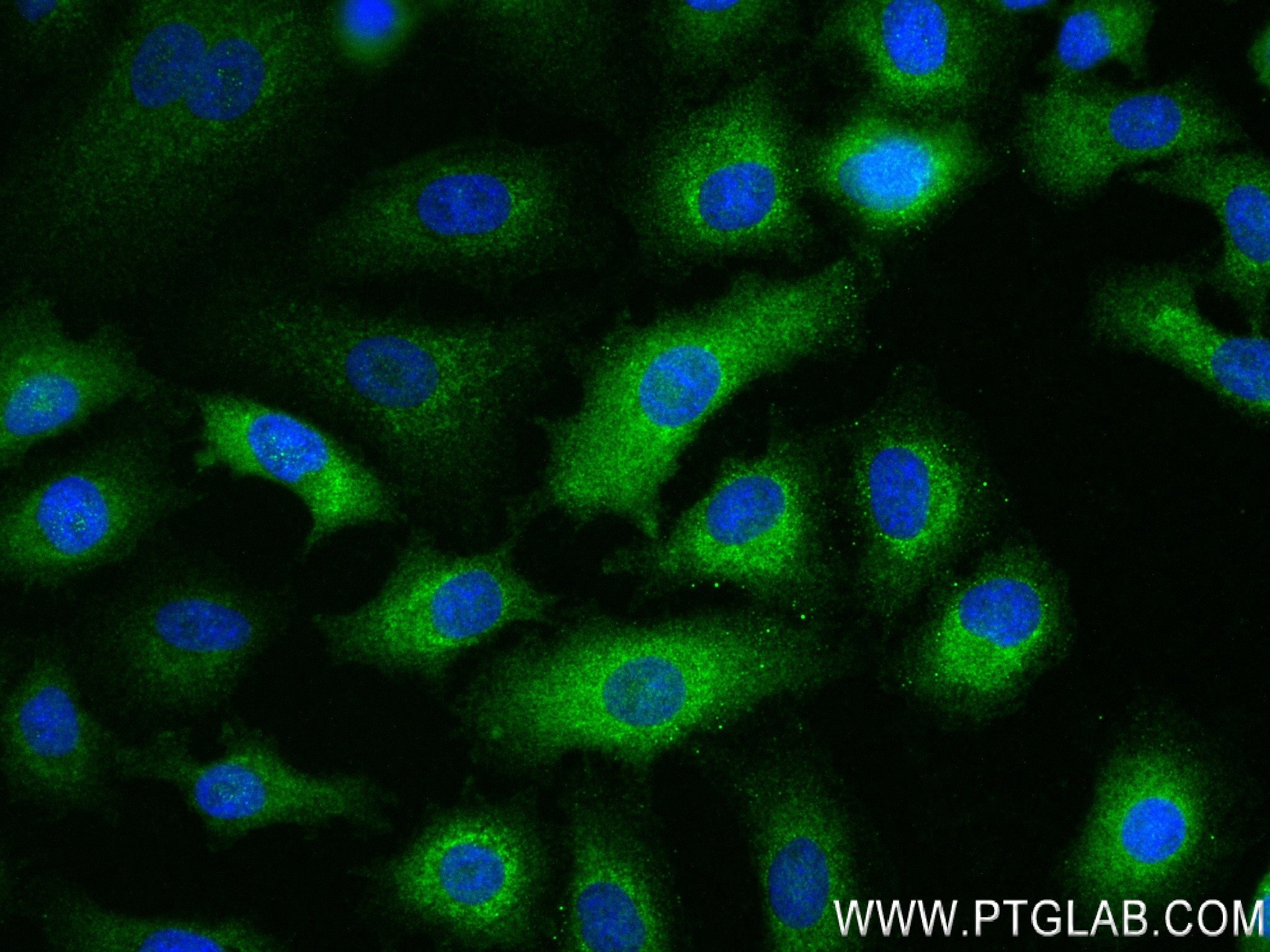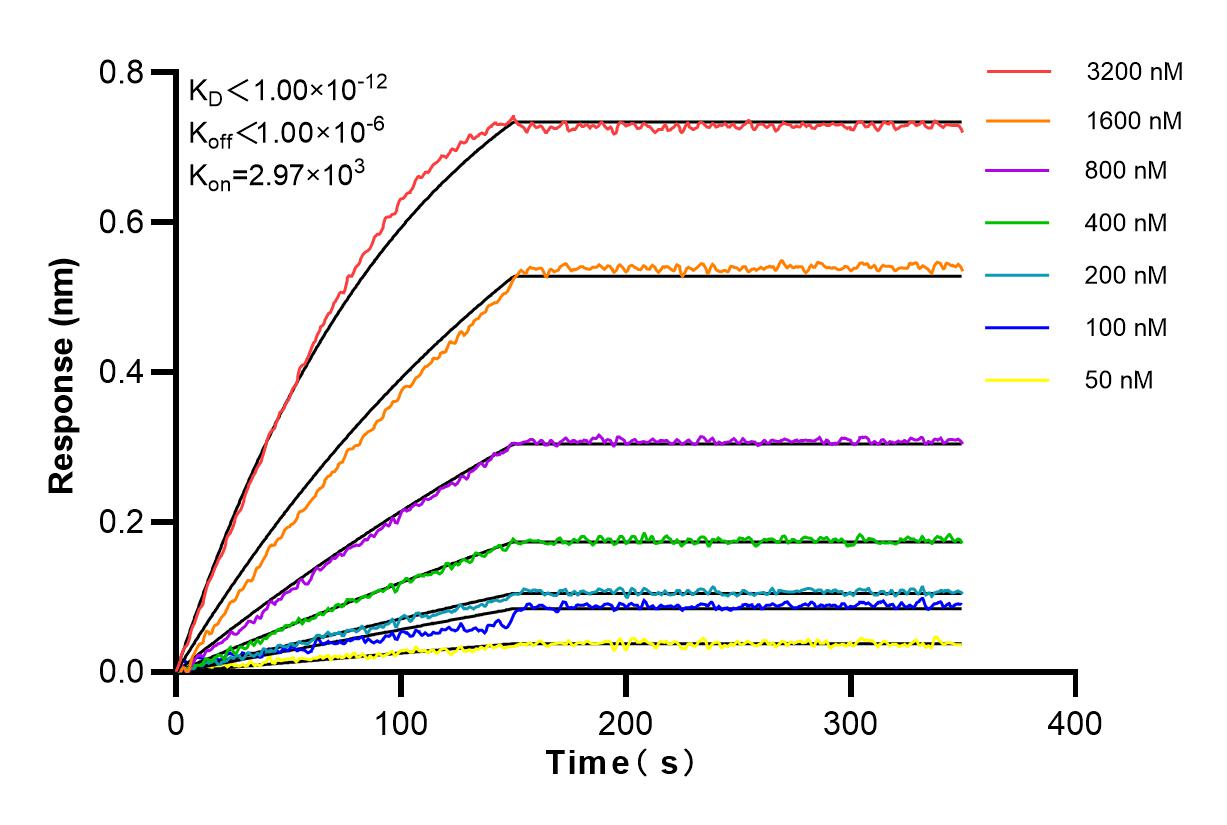Tested Applications
| Positive IF/ICC detected in | A549 cells |
Recommended dilution
| Application | Dilution |
|---|---|
| Immunofluorescence (IF)/ICC | IF/ICC : 1:125-1:500 |
| It is recommended that this reagent should be titrated in each testing system to obtain optimal results. | |
| Sample-dependent, Check data in validation data gallery. | |
Product Information
83589-5-RR targets PEBP4 in IF/ICC, ELISA applications and shows reactivity with human samples.
| Tested Reactivity | human |
| Host / Isotype | Rabbit / IgG |
| Class | Recombinant |
| Type | Antibody |
| Immunogen | PEBP4 fusion protein Ag9710 Predict reactive species |
| Full Name | phosphatidylethanolamine-binding protein 4 |
| Calculated Molecular Weight | 223 aa, 25 kDa |
| GenBank Accession Number | BC020779 |
| Gene Symbol | PEBP4 |
| Gene ID (NCBI) | 157310 |
| RRID | AB_3671203 |
| Conjugate | Unconjugated |
| Form | Liquid |
| Purification Method | Protein A purfication |
| UNIPROT ID | Q96S96 |
| Storage Buffer | PBS with 0.02% sodium azide and 50% glycerol , pH 7.3 |
| Storage Conditions | Store at -20°C. Stable for one year after shipment. Aliquoting is unnecessary for -20oC storage. 20ul sizes contain 0.1% BSA. |
Background Information
PEBP4 (Phosphatidylethanolamine binding protein 4) is a multifunctional protein that belongs to a small family (PEBP1-4) in mammalian cells. PEBP4 is evolutionally divergent from the other three forms that share almost 80% identity and more than 90% similarity, suggesting that PEBP4 is functionally different from other forms. At cellular levels, it has been shown that the knockdown of PEBP4 in cancer cells suppresses cell proliferation, migration, and invasion, leading to their apoptosis. In contrast, overexpression of PEBP4 induces opposite changes and confers resistance to chemotherapy and radiotherapy (PMID: 35955931).
Protocols
| Product Specific Protocols | |
|---|---|
| IF protocol for PEBP4 antibody 83589-5-RR | Download protocol |
| Standard Protocols | |
|---|---|
| Click here to view our Standard Protocols |





